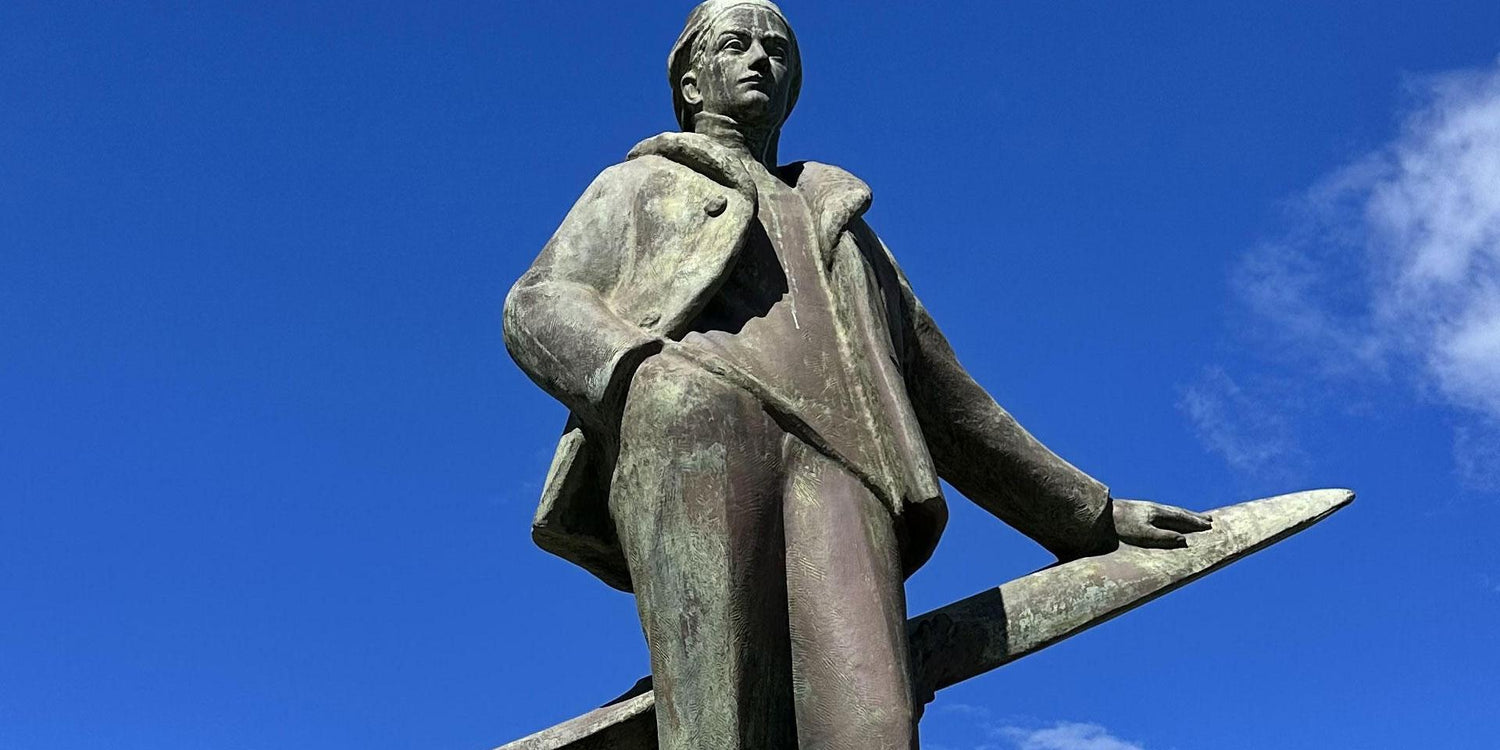Ever wondered why the French Open isn’t actually called the French Open? Or why fans debate whether it’s okay to wear jeans to a match? Or why some seats look emptier than a Parisian bakery on a Monday? Buckle up—we’re diving into the delightful quirks of Roland Garros, the Grand Slam that’s as enigmatic as its name.
The Man Behind the Name: Who Was Roland Garros?
Let’s clear this up first: Roland Garros was not a tennis player. Surprised? So are most people. The tournament’s official name pays homage to a World War I fighter pilot and aviation pioneer who, fun fact, also happened to be a keen tennis enthusiast. Garros became a French national hero after completing the first non-stop flight across the Mediterranean Sea in 1913 and later inventing a forward-firing aircraft machine gun.
When France needed a new stadium to host the Davis Cup in 1928, they named it Stade Roland Garros to honor his legacy. Over time, the tournament itself adopted the venue’s name, while the rest of the world kept calling it the “French Open.” Confusing? Maybe. Iconic? Absolutely.
Fun aside: Garros’ final resting place is in Vouziers, France, but his spirit lives on every time someone butchers the pronunciation of “Roland Garros” (it’s Ro-lahn Gah-ross, not Row-land Gair-ohs).
Why Not Just ‘French Open’? The Grand Slam Naming Mystery
Unlike Wimbledon (The Championships) or the Australian Open, Roland Garros is the only Grand Slam named after a person rather than its location or a simple descriptor. But why?
-
Tradition: The French Tennis Federation (FFT) leans into the historical weight of “Roland Garros” to emphasize its roots.
-
Pride: The name distinguishes it from other “Opens,” celebrating France’s unique contribution to tennis (and aviation).
-
Marketing: Let’s be real—it sounds fancier.
Compare it to other Slams:
| Grand Slam | Official Name | Surface | Name Origin |
|---|---|---|---|
| Roland Garros | Internationaux de France | Clay | WWI hero Roland Garros |
| Wimbledon | The Championships | Grass | London suburb of Wimbledon |
| US Open | US Open | Hardcourt | Descriptive (location + "Open") |
| Australian Open | Australian Open | Hardcourt | Descriptive (location + "Open") |
Source: ITF Grand Slam History
Quirks, Myths, and Clay-Court Secrets
1. “Why Are There Empty Seats?!”
You’re not imagining it—Roland Garros often has conspicuously empty seats during marquee matches. Blame corporate ticket holders who snag prime spots but don’t show up. Pro tip: If you have a ground pass, hover near VIP sections after the first set. Attendants sometimes upgrade fans to fill seats (no guarantees, but worth a try!).
2. The Clay Isn’t Just Dirt (and It’s Thinner Than You Think)
Roland Garros’ signature red clay is actually crushed white limestone dusted with red brick powder. The layer is just 1-2 millimeters thick—enough to slow down balls and create those epic, slide-heavy rallies. Fun fact: The courts require 1.5 tons of brick powder annually.
3. “Can I Wear Jeans?” (The Dress Code Debate)
Unlike Wimbledon’s strict all-white rules, Roland Garros is chill. Yes, you can wear jeans—just avoid tank tops or overly casual gear. The vibe is “Parisian chic meets tennis fanatic.”
4. WiFi? Oui, But…
The venue offers free WiFi, but it’s spotty during peak hours. Save your social media posts for the Champs-Élysées later.
How to Experience Roland Garros Like a Pro
-
Snag Tickets Early: Ground passes (from $199) are perfect for exploring outer courts, while center-court finals (men’s / women’s) are bucket-list splurges.
-
Arrive Early: The venue is 30 minutes from central Paris via Metro Line 10. Pro tip: Pack a picnic—baguettes welcome!
-
Embrace the Clay: Rent a pair of specialized clay-court shoes if you’re playing at local clubs.
Final Thought: More Than Just a Tournament
Roland Garros isn’t just about tennis—it’s a celebration of history, culture, and French joie de vivre. Whether you’re debating the name’s origins or sliding into a seat upgrade, remember: You’re part of a legacy that’s as rich as the red clay underfoot.
Now, go forth and impress your friends with the fact that Roland Garros was a pilot, not a player. C’est magnifique!
Got questions about Roland Garros’ quirks? Drop them below—I’ve got answers (and more hot takes on clay court socks). 🥖🎾



Laisser un commentaire
Ce site est protégé par hCaptcha, et la Politique de confidentialité et les Conditions de service de hCaptcha s’appliquent.